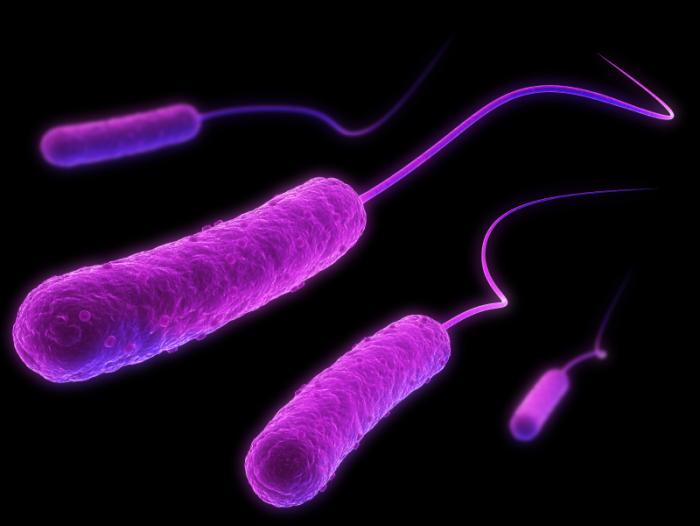There is a pressing need for new approaches to fight harmful bacteria as the global threat of rising drug resistance appears set to outpace the rate at which we can produce new
antibiotics to fight deadly infections like tuberculosis.

The team has experimented with phagemids designed to kill E. coli and plans to develop a broader range that can kill other harmful bacteria.
Now, researchers in the field of synthetic biology have addressed this challenge
in a different way. They have engineered particles called “phagemids” that enter
targeted harmful bacteria and release toxins that kill them.
Writing in the journal Nano Letters, the team, led by researchers from
the Massachusetts Institute of Technology (MIT) in Cambridge, describe how they
modeled their particles on bacteriophages – viruses that infect and kill
bacteria.
Unlike broad-spectrum antibiotics, bacteriophages target specific bacteria while
leaving friendly bacteria intact. They have been used for many years in various
countries – for instance, in those that were in the former Soviet Union.
But the disadvantage of treatments that use bacteriophages is they can have
harmful side effects, as lead investigator James Collins, an MIT professor of
medical engineering, explains:
“Bacteriophages kill bacteria by lysing the cell, or causing it to
burst. But this is problematic, as it can lead to the release of nasty toxins from
the cell.”
The toxins that are released when the harmful bacteria burst can cause sepsis,
and even death in some cases, he adds. Sepsis is where the infection causes the
immune system to go into overdrive, triggering widespread inflammation, swelling
and blood clotting.
Phagemids infect targeted bacteria with engineered plasmids
In previous work, the team had already engineered bacteriophages that released
proteins that boosted the effectiveness of antibiotics without bursting the
bacterial cells.
For the new study, the researchers developed a particle that works in a similar
way – it targets and kills specific bacteria, without causing the cells to burst
and release their toxins.
They call the particles “phagemids” because they infect the target bacteria with
plasmids – small DNA molecules that can copy themselves inside cells.
Using synthetic biology, the team engineered the plasmids to express proteins
and peptides – short-chain amino acids – that are toxic to the bacterial host
cell. The toxins are designed to disrupt key cell processes such as replication, with
the effect that the bacterial cell dies without bursting.
The team systematically tested a variety of peptides and toxins and
showed how, when some are combined in the phagemids, they kill the great majority
of bacterial cells within a culture.
The method they have developed is highly targeted – it attacks only specific
species of bacteria, which means you can use it to treat an infection without
harming the rest of the microbiome, Prof. Collins explains.
Resistance likely to develop more slowly
The researchers say exposure to the phagemids did not appear to cause the
bacteria to develop any significant resistance, suggesting several rounds of phagemids could be delivered to get a more effective treatment.
Prof. Collins says he expects the bacteria will eventually become resistant, but
probably much more slowly than they would after repeated use of bacteriophages.
He sees the phagemids being used alongside rapid diagnostic tools, currently in
development, that would allow doctors to treat specific infections, and
explains:
“You would first run a fast diagnostic test to identify the bacteria
your patient has, and then give the appropriate phagemid to kill off the
pathogen.”
The team has experimented with phagemids designed to kill Escherichia coli and
now plans to develop a broader range that can kill pathogens like Clostridium
difficile and Vibrio cholerea – the bacterium that causes cholera.
Alfonso Jaramillo, a professor of synthetic biology at the University of Warwick
in the UK – who was not involved in the research – says the researchers have
created an improved phage therapy that may become the antibiotics of the
future.
Earlier this year, Medical News Today learned how, using a computer
model, researchers identified a simple way to optimize antibiotics dosing that could revive a
whole arsenal of first-line drugs and preserve last-resort antibiotics in the fight
against drug-resistant bacteria.
Written by Catharine Paddock PhD